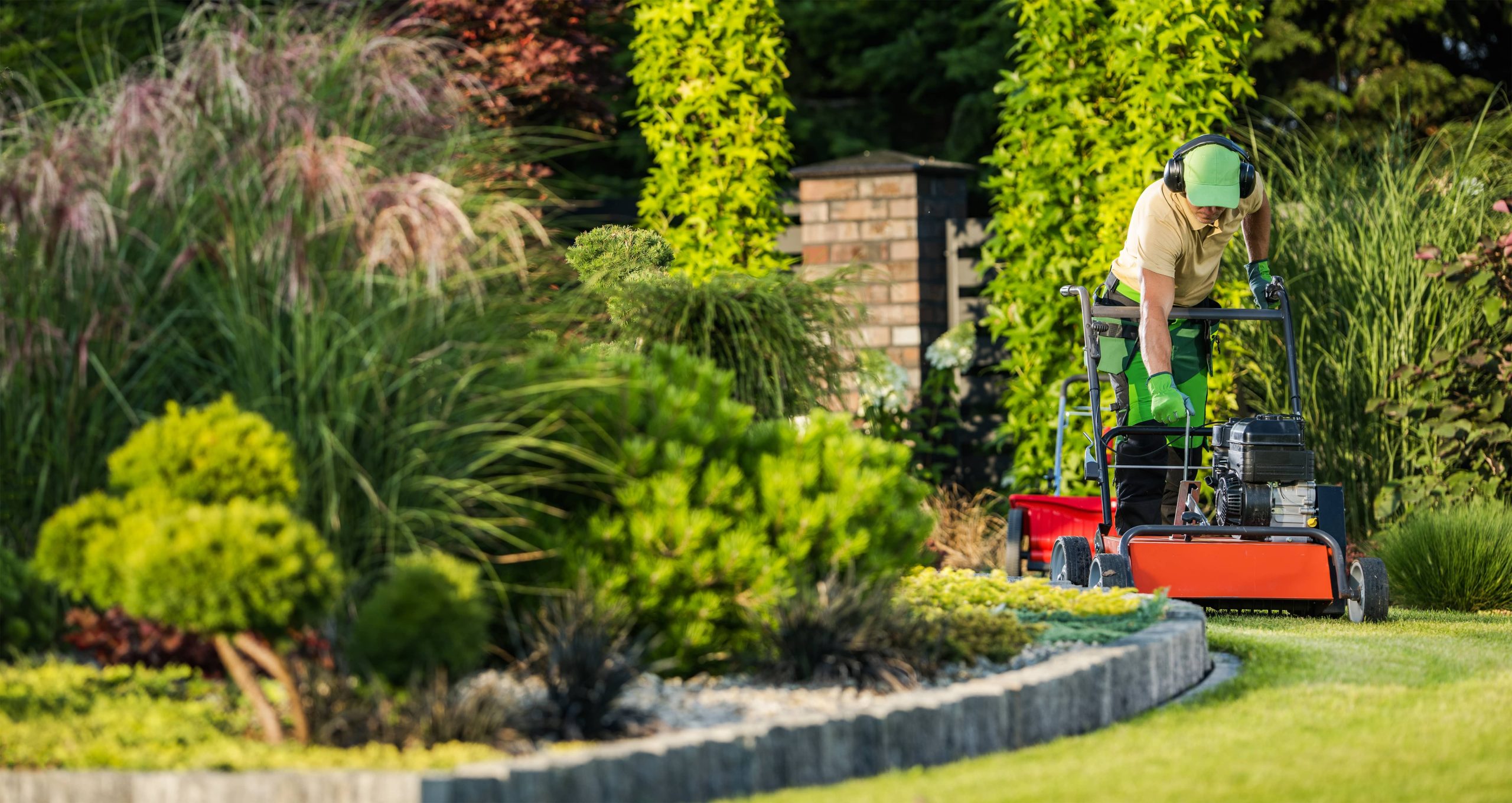
As concerns over declining pollinator populations continue to rise, creating a butterfly and pollinator garden is a beautiful and beneficial way to help support these crucial creatures. Not only do these gardens attract butterflies, bees, and other pollinators, but they also add vibrant color and life to your backyard. Whether you’re an experienced gardener or just starting out, this guide will help you design a pollinator-friendly oasis right at home.
Understanding the Importance of Pollinators
Pollinators play a critical role in the ecosystem. They are responsible for the pollination of over 75% of flowering plants and nearly 35% of the global food supply. However, factors such as habitat destruction, pesticide use, and climate change have threatened their populations. By creating a garden that attracts and supports butterflies and other pollinators, you’re contributing to their conservation and helping ensure the health of our environment.
Planning Your Butterfly and Pollinator Garden
1. Location and Layout
Choose a spot in your backyard that receives plenty of sunlight, as most butterflies and pollinator plants thrive in full sun. A location protected from the wind is ideal to provide a calm place for these delicate visitors. Consider the garden’s layout and how you’ll arrange your plants for visual appeal. Mixing colors, textures, and heights can create an attractive and inviting space.
2. Selecting the Right Plants
When choosing plants for your garden, variety is key. Butterflies and pollinators are drawn to diverse plant species that offer a continuous bloom through the growing season. Native plants are particularly beneficial as they’ve evolved alongside local pollinators and thus are well-suited to their needs.
Here are some plant suggestions:
– Milkweed for Monarch butterflies.
– Coneflowers and Black-eyed Susans for various butterflies and bees.
– Lavender and Salvias for bees and butterflies.
– Sunflowers for bees and providing seeds for birds.
– Bee Balm and Blazing Star for hummingbirds, bees, and butterflies.
3. Providing Water and Shelter
Pollinators need water sources. Consider creating a shallow water feature with stones for perching, such as a birdbath or a shallow dish with water and pebbles. For shelter, butterflies and bees need spots to rest and lay eggs. Include some taller grasses or consider incorporating a bee hotel or wood pile in a tucked-away corner of your garden.
4. Avoiding Pesticides and Chemicals
Chemical pesticides and herbicides can be harmful to pollinators. Opt for organic solutions or create a garden that naturally manages pests with companion planting and encouraging beneficial insects.
5. Creating a Habitat for All Seasons
A thriving pollinator garden provides resources throughout the year. Plant perennials that bloom at different times, ensuring food is available in spring, summer, and fall. Leave parts of the garden unkempt through the winter to provide habitats for insects and leave stems and other plant debris for pollinators to hibernate in.
Enhancing Your Garden’s Ecosystem
A butterfly and pollinator garden not only supports butterflies and bees but can also enhance your entire garden ecosystem. Birds that feast on caterpillars can help control those populations. A diverse mix of plants encourages a healthy garden ecosystem with fewer pests and more balance.
Enjoying and Maintaining Your Garden
Once planted, take the time to enjoy the fruits of your labor. Set up benches, chairs, or a hammock nearby to watch the fluttering butterflies and buzzing bees as they work in your garden. Garden maintenance involves regular watering during dry times, deadheading flowers for continuous blooms, and occasional weeding. As your garden matures, you’ll find that it requires less intervention and becomes more self-sustaining.
Educational Opportunities
Consider using your butterfly and pollinator garden as an educational tool. Invite friends, family, or local school groups to explore and learn about the importance of pollinators and how they can contribute to conservation efforts. Your garden can inspire others to start their own pollinator-friendly spaces.
Conclusion
Designing a butterfly and pollinator garden in your backyard is a rewarding endeavor that benefits both you and the environment. With a thoughtful selection of plants and dedication to creating a welcoming habitat, you’ll soon enjoy the beauty and utility of your garden. Not only will you be surrounded by a vibrant tapestry of colors and life, but you’ll also take pride in knowing that you’re contributing to the wellbeing of essential pollinator species. Whether you’re watching a Monarch delicately perch on a milkweed or observing busy bees collecting pollen, these moments serve as a reminder of the positive impact consciously cultivated gardens can have on the ecosystem. Embrace this opportunity to unite beauty and conservation, turning your backyard into a sanctuary for these vital species.













